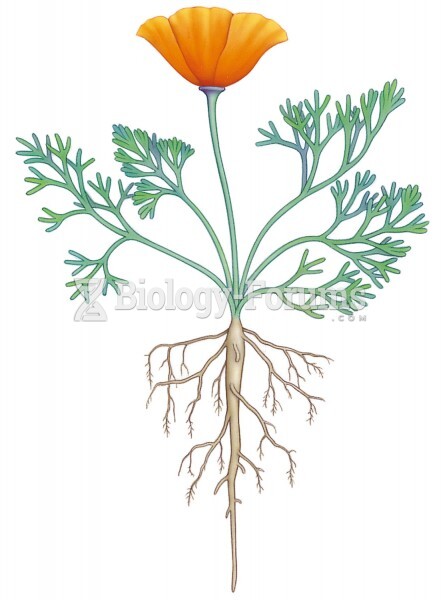Answer to Question 1
d
Answer to Question 2
According to sociologist Max Weber, no single factor (such as economic divisions
between capitalists and workers) was sufficient for defining the location of categories
of people within the class structure. Weber stated that the access that people have to
important societal resources (such as economic, social, and political power) is crucial in
determining life chances. Weber developed a multidimensional approach to social
stratification that reflects the interplay among wealth, prestige, and power. Wealth is
the value of all of a person's or family's economic assets, including income, personal
property, and income-producing property. Weber placed categories of people who have
a similar level of wealth and income in the same class. He identified a privileged
commercial class of entrepreneurswealth y bankers, ship owners, professionals, and
merchants who possess similar financial resources. He also described a class of
rentierswealthy individuals who live off their investments and do not have to work.
Weber divided those who work for wages into two classes: the middle class and the
working class. The middle class consists of white-collar workers, public officials,
managers, and professionals. The working class consists of skilled, semiskilled, and
unskilled workers. The second dimension of Weber's system of stratification is prestige
the respect or regard with which a person or status position is regarded by others.
Fame, respect, honor, and esteem are the most common forms of prestige. A person
who has a high level of prestige is assumed to receive deferential and respectful
treatment from others. Weber suggested that individuals who share a common level of
social prestige belong to the same status group regardless of their level of wealth. They
tend to socialize with one another, marry within their own group of social equals, spend
their leisure time together, and safeguard their status by restricting outsiders'
opportunities to join their ranks. The other dimension of Weber's system is powerthe
ability of people or groups to achieve their goals despite opposition from others. The
powerful can shape society in accordance with their own interests and direct the
actions of others. Weber stated that wealth, prestige, and power are separate
continuums on which people can be ranked from high to low. Individuals may be high
on one dimension and low on another. In Weber's multidimensional approach, people
are ranked on all three dimensions.
Answer to Question 3
d







